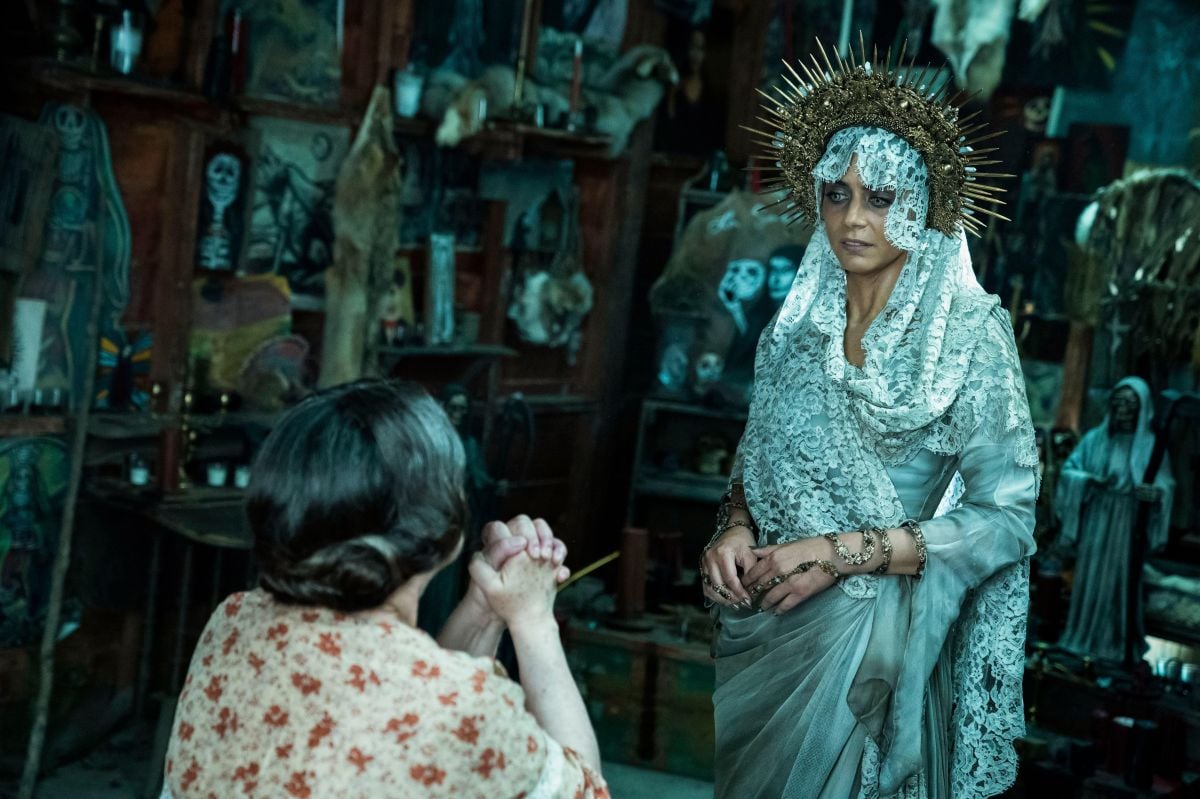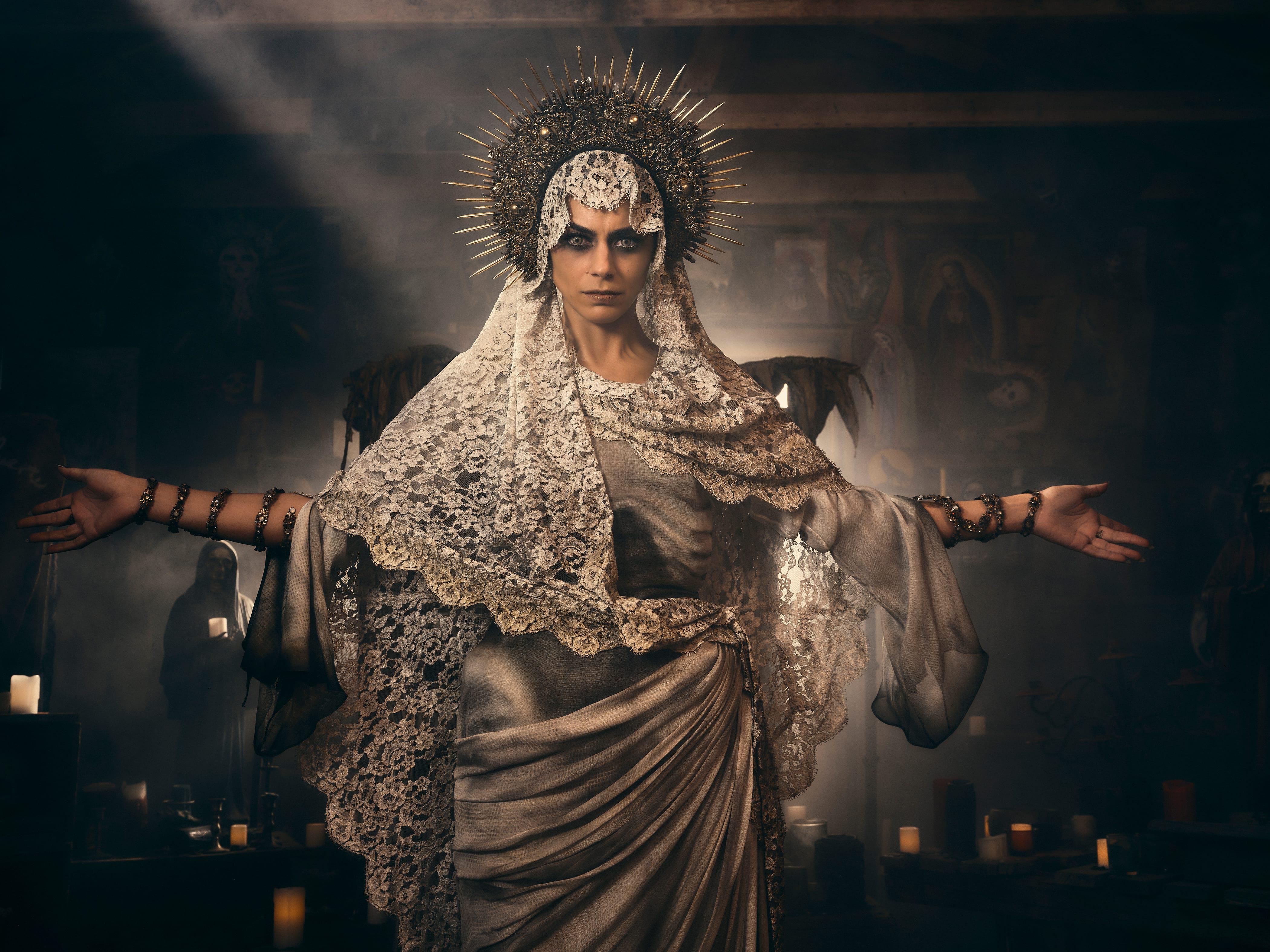
Demons in L.A. — Penny Dreadful: City of Angels
John Conroy, ISC frames supernatural conflict on this Showtime spinoff series set in 1940s Los Angeles.

Unit Photography by Jim Fiscus and Justin Lubin, courtesy of Showtime
It’s early March, and night envelops the historic Melody Ranch Motion Picture Studio, nestled in the hills of Newhall, Calif. Cinematographer John Conroy, ISC moves about the exterior “graveyard” set, strategically placing yellow-dialed Astera Titan and Helios LED tubes behind grave markers and trees to create flicker effects designed to emulate elegant candlelight on a particularly warm Los Angeles evening in 1938. The scene takes place on Día de Muertos (Day of the Dead), and Conroy’s camera team is tasked with shooting a crucial sequence of the new 10-episode Showtime series Penny Dreadful: City of Angels. In the scene, Tiago Vega (Daniel Zovatto) — in the midst of emotional pain — senses an evil presence looming behind him.
After occupying Melody Ranch for seven months, it’s the final night of shooting for the new series — a spinoff of Showtime’s Penny Dreadful [AC, July 2015] that ran from 2014-’16 — and Conroy is somewhat wistful about winding up production of what was, he says, “one of the great collaborations of my life.” Lauding showrunner John Logan, the creator of both series; executive producer Michael Aguilar; the production’s other cinematographer, Pedro Luque, SCU; the series’ directors, Paco Cabezas, Sheree Folkson, Sergio Mimica-Gezzan, Dan Attias, Roxann Dawson and Richard J. Lewis; production designer Maria Caso; and his camera, grip and electric teams, Conroy brims with enthusiasm about what has been accomplished.
He also raves about the benefits of such pieces of technology as Astera LED tubes. “They are game changers for me in terms of lighting,” he says. “They are self-powered, you charge them, they come in [different lengths], and they are properly RGB. You can pick any color, and they are so versatile; you can create the flicker effects, but also screw them into a ceiling. [Because these effects were needed outdoors], it’s all about practicality while creating a beautiful, soft source of light. This is where the whole industry is going — it’s fantastic.”
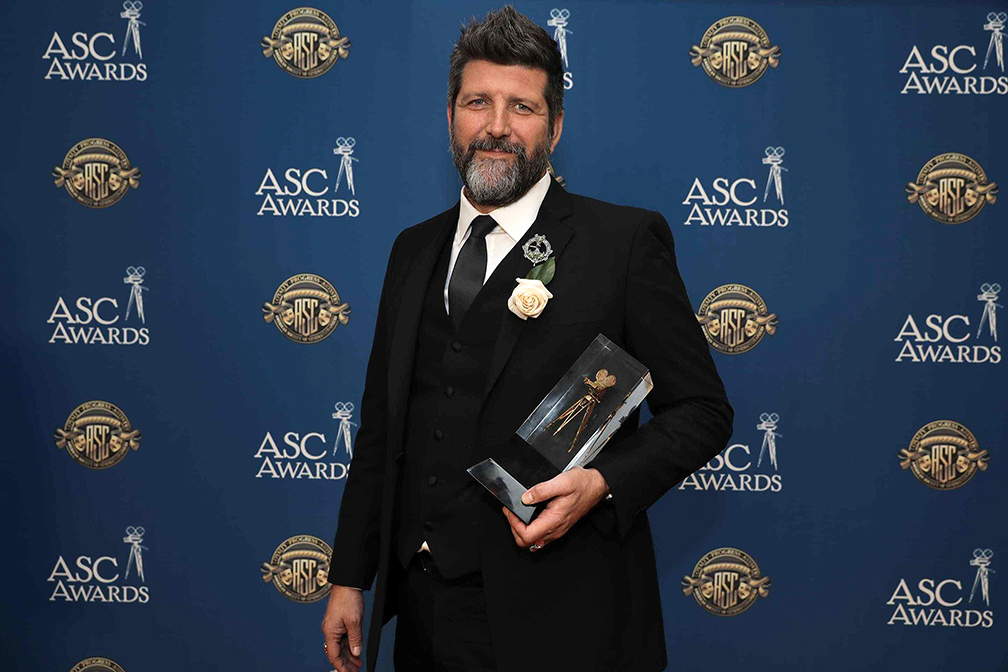
The cinematographer is equally enthusiastic about an overhead light rig his team used at the location to illuminate wide shots, maneuvered into position with an extendable Grip Factory Munich GF-8 Crane System — along with several other lighting innovations. But as he takes a seat inside the DIT tent under a giant oak tree, he stops to emphasize that the project’s many technical accomplishments have been performed in service of “a performance-driven show, and ultimately we had to create spaces for the actors to feel like they are in a real place to achieve John Logan’s vision for it.”
It’s a visual approach, he and Logan both note, that is radically different from the original Penny Dreadful, which was shot in Ireland and offered up a Victorian Gothic form of noir. And therein lay one of Conroy’s central challenges — finding a way to connect mysterious supernatural material to the original series thematically and in terms of scope, while also making the new show look different in just about every respect. City of Angels takes place in a pre-war Los Angeles teeming with racial tensions and physically evolving with the construction of its freeways — a far cry from Victorian England. Both shows share elaborate, well-crafted sets and sweeping crane shots, but there are “no visual throwbacks” to the original series, as “we wanted [City of Angels] to have its own visual language,” Conroy says.
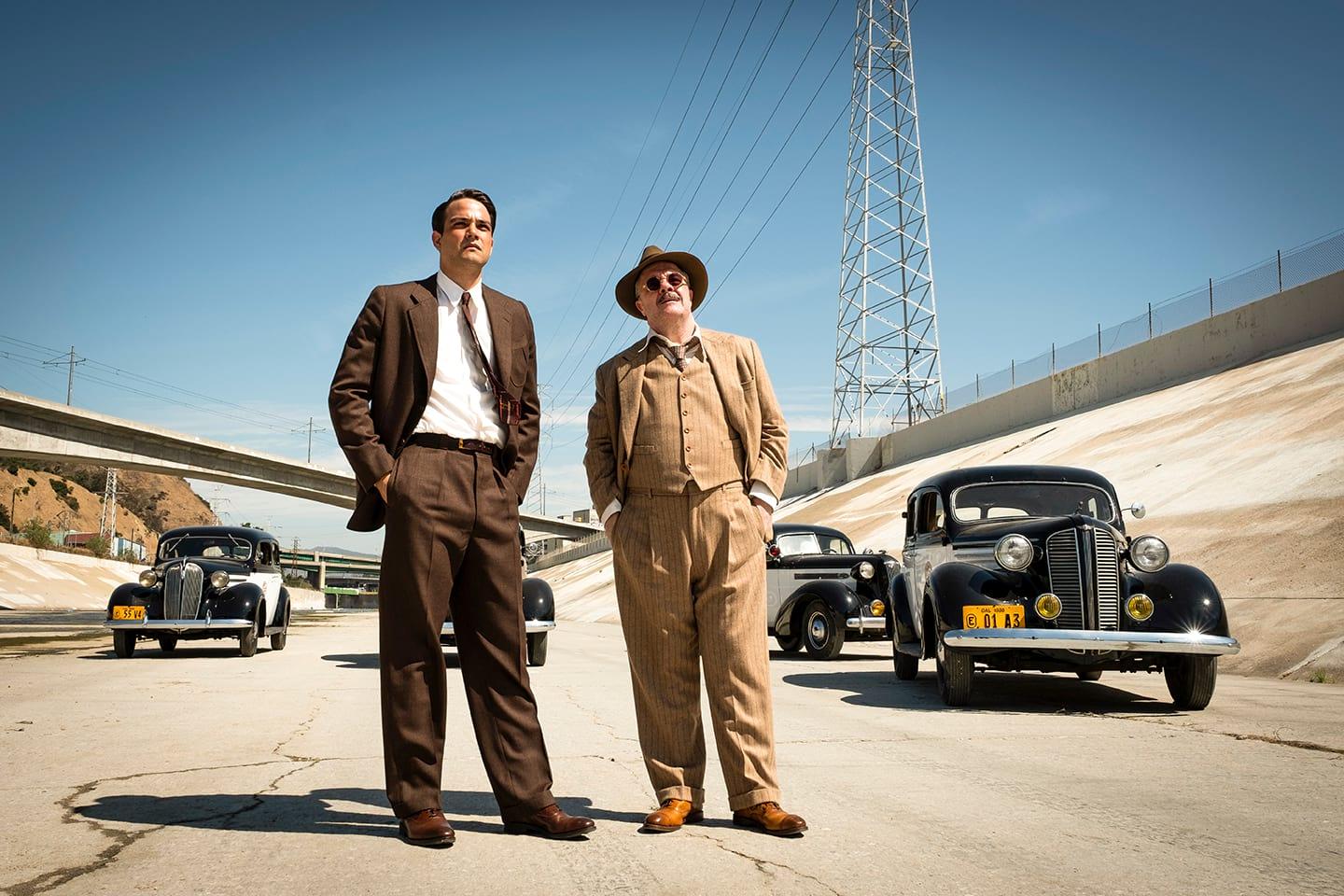
“[The feel of the show] is something that is most directly translated to an audience through cinematography,” Logan adds. “In our first discussions, we agreed that what we wanted to retain from [the original show] was texture and detail that [would make] you feel like you are living in an entire, real world. However, it’s no longer the brooding world of Victorian London. Instead, we are in the sun-bleached world of 1938 Los Angeles. In both, you sense a certain scope to it, like if you were somehow able to walk into the screen and turn a corner, you would see that world continuing.”
Conroy, who shot eight episodes of the original Penny Dreadful, landed on Logan’s radar for City of Angels specifically “because of the depth of texture when he shoots,” says the series creator. “There is nothing flat about John’s cinematography. In everything I’ve seen him do, you get a sense that the world is expanding beyond the actors in the foreground. I thought that was very important for [City of Angels] since we were trying to do a valiant act of world creation that had a look as multi-textured as the characters, stories, costumes and sets. He has the perfect sensibility for that.”
“The heat was extremely important. Every day had to feel like it was 100 degrees. We wanted that idea of bright sunshine — anti-noir, if anything.” — John Conroy, ISC
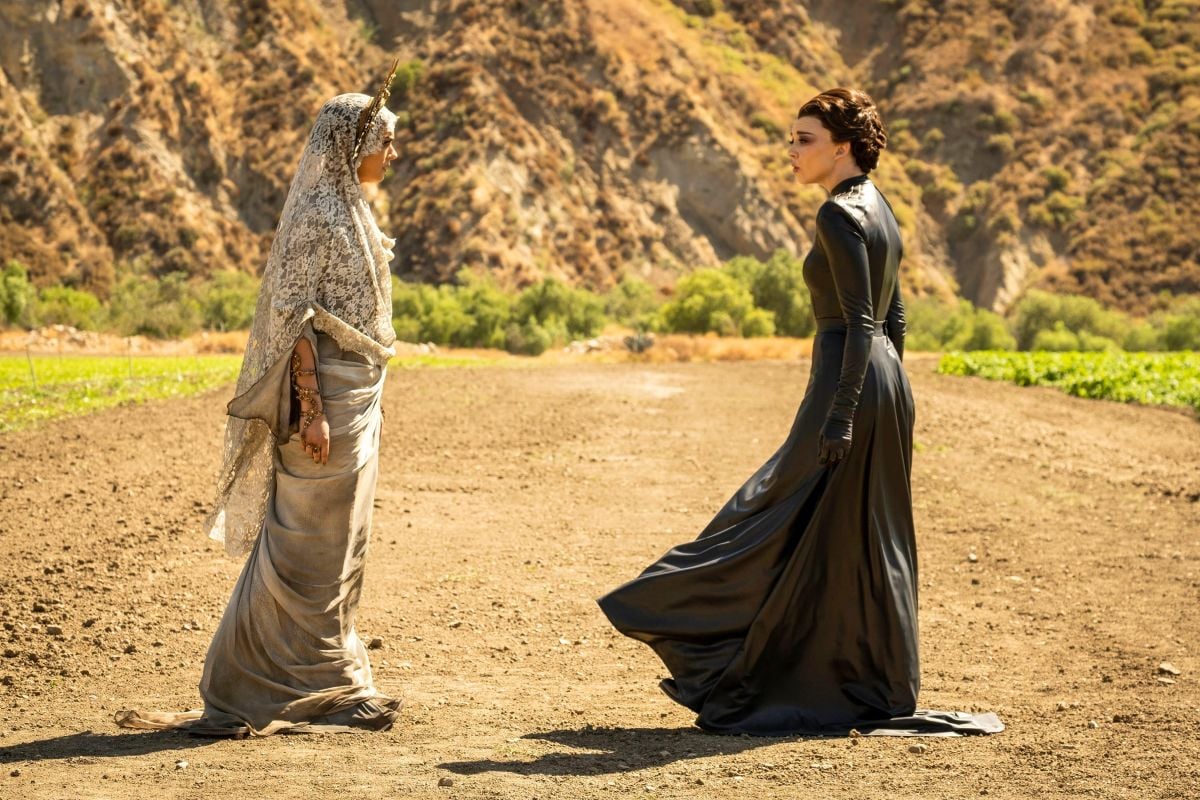
When researching cinematic representations of heat-drenched Los Angeles from various time periods, Logan says he and Conroy spent hours examining reference material such as Roman Polanski’s Chinatown, William Friedkin’s To Live and Die in L.A. and various Michael Mann films, in addition to what Conroy calls “the look and feel” of Norman Rockwell and Edward Hopper paintings. The central takeaway from that research, the filmmakers say, was the need to determine how to visualize and capture a sense of oppressive heat bearing down on the protagonists, day or night.
“The heat was extremely important,” Conroy says. “Every day had to feel like it was 100 degrees. We wanted that idea of bright sunshine — anti-noir, if anything. We wanted our world to look bright, like a place you would want to be. After all, bad things can happen in beautiful places, so we wanted a bright and hot place where something bad may be happening.
“When you’re shooting a day exterior in Europe,” the cinematographer continues, “you might try to create a bit of density in the ground during the grading process, just for the aesthetic, but in this case, we [opted for something] counterintuitive. On our first day of shooting at the Los Angeles River, we had so much concrete around, and I really wanted to pop that concrete because the blue skies — while they sell the idea of beauty and lovely color and good weather — they don’t sell searing heat, whereas the heat coming off the concrete did. So whenever we could, we allowed the concrete to stay hot — no flagging off the [natural sunlight] — and added the glow in the grade, which [additionally] popped it. Normally, you try to take that down and bring your eye up to people’s faces in the grade, but we did the opposite. We [said], ‘Let’s try and pop the highlights in the ground to really give us a sense that there is a lot of heat.’”
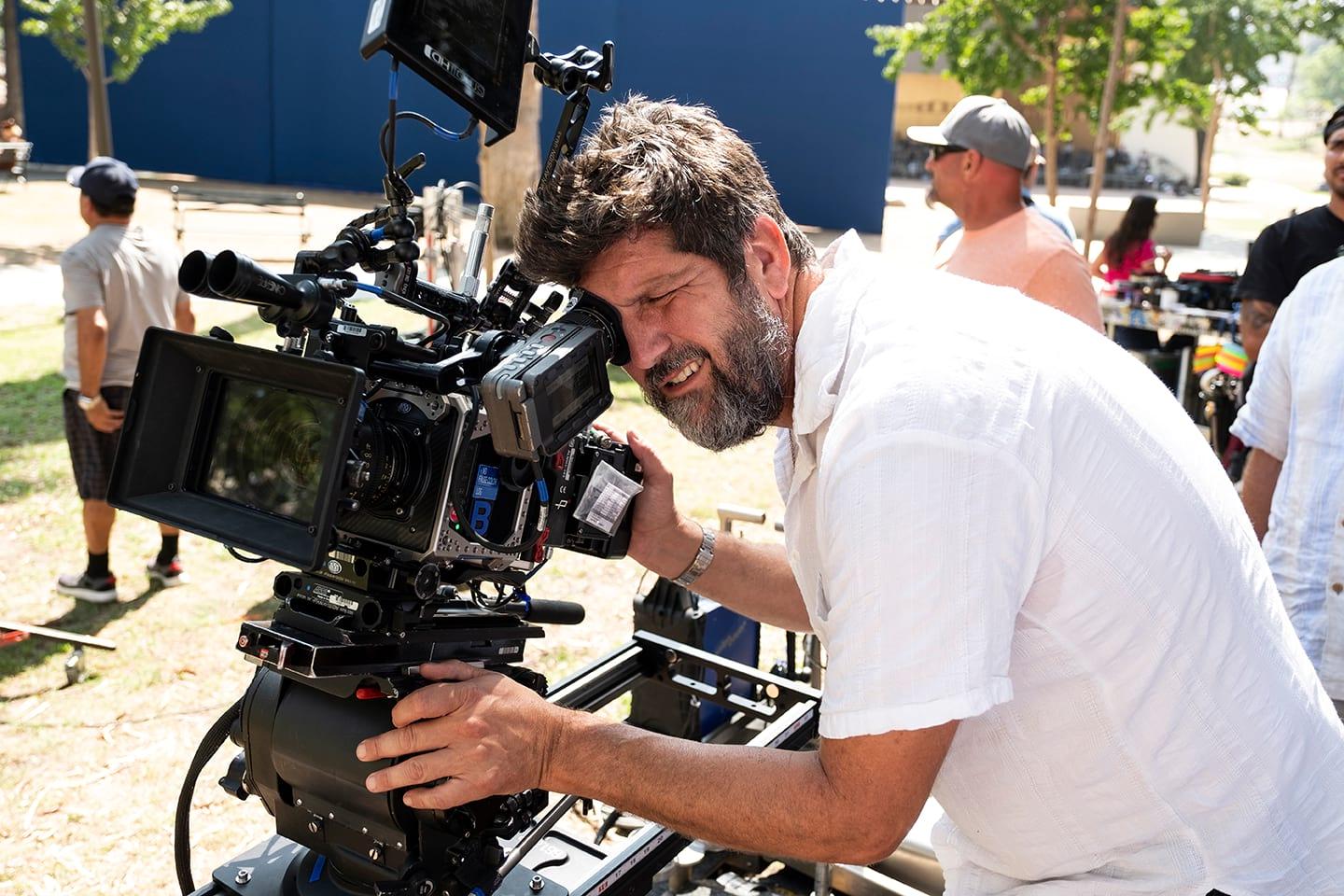
Penny Dreadful: City of Angels was shot in a 16:9 aspect ratio using four Arri Alexa Mini cameras — most often two cameras at a time. Conroy picked TLS-rehoused Cooke Speed Panchros as his hero lenses with, as first AC Kevin Akers explains, “a mixed bag of [Series I, II and III] lenses to complete a set of six focal lengths: 25mm, 32mm, 40mm, 50mm, 75mm and 100mm.
“We also carried a near-full set of Cooke S4 lenses — 14mm through 150mm,” Akers continues. “We used those for a variety of specific reasons. One was that we couldn’t carry wider than 25mm of the early Panchro series because we would begin to see inside the housing of the lens itself on our sensor’s recording resolution size [3.2K, which was uprezzed to 4K in post]. There were also limited focal lengths available in the [Series I, II and III] Panchros, so the S4s filled out the wide, in-between and tight glass options. Image sharpness was another reason we would sometimes go to the S4. John Conroy loved to use the early Panchros whenever possible, but he was highly aware of when they weren’t quite right for the shot or aesthetic. Their edge falloff could be described [as] similar to how anamorphic glass softens away from the center. In cases where faces were framed edge-to-edge, we’d choose the more modern S4 glass. We also went to an S4 for some heavy VFX scenes, so we could deliver maximum image sharpness to post.”
The transition between the vintage Cooke Series I lenses and the modern S4 lenses, however, occasionally challenged digital-imaging technician Michael Sanchez in terms of balancing and maintaining consistent color across every setup, which “added to the complexity of the shoot,” Sanchez says.
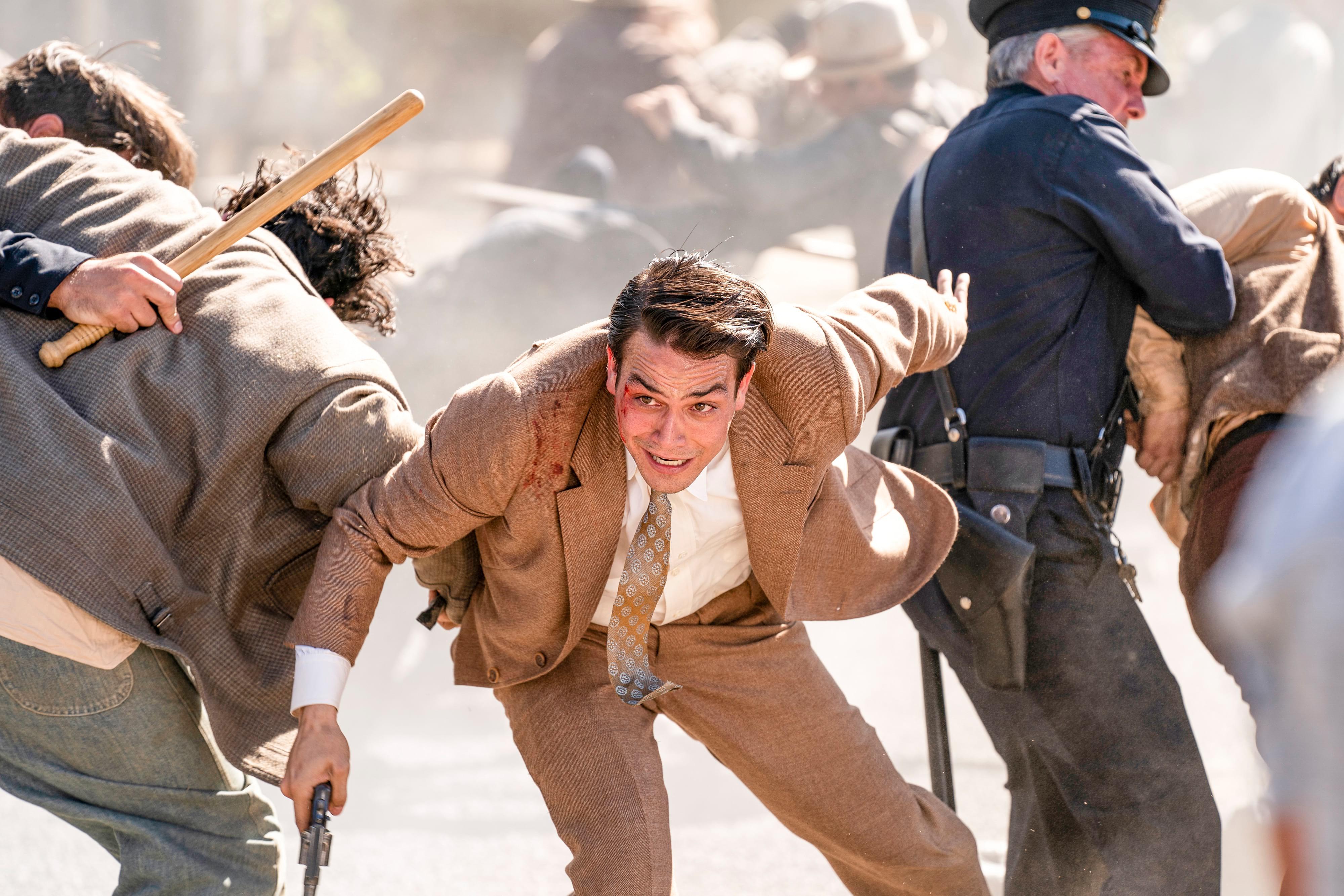
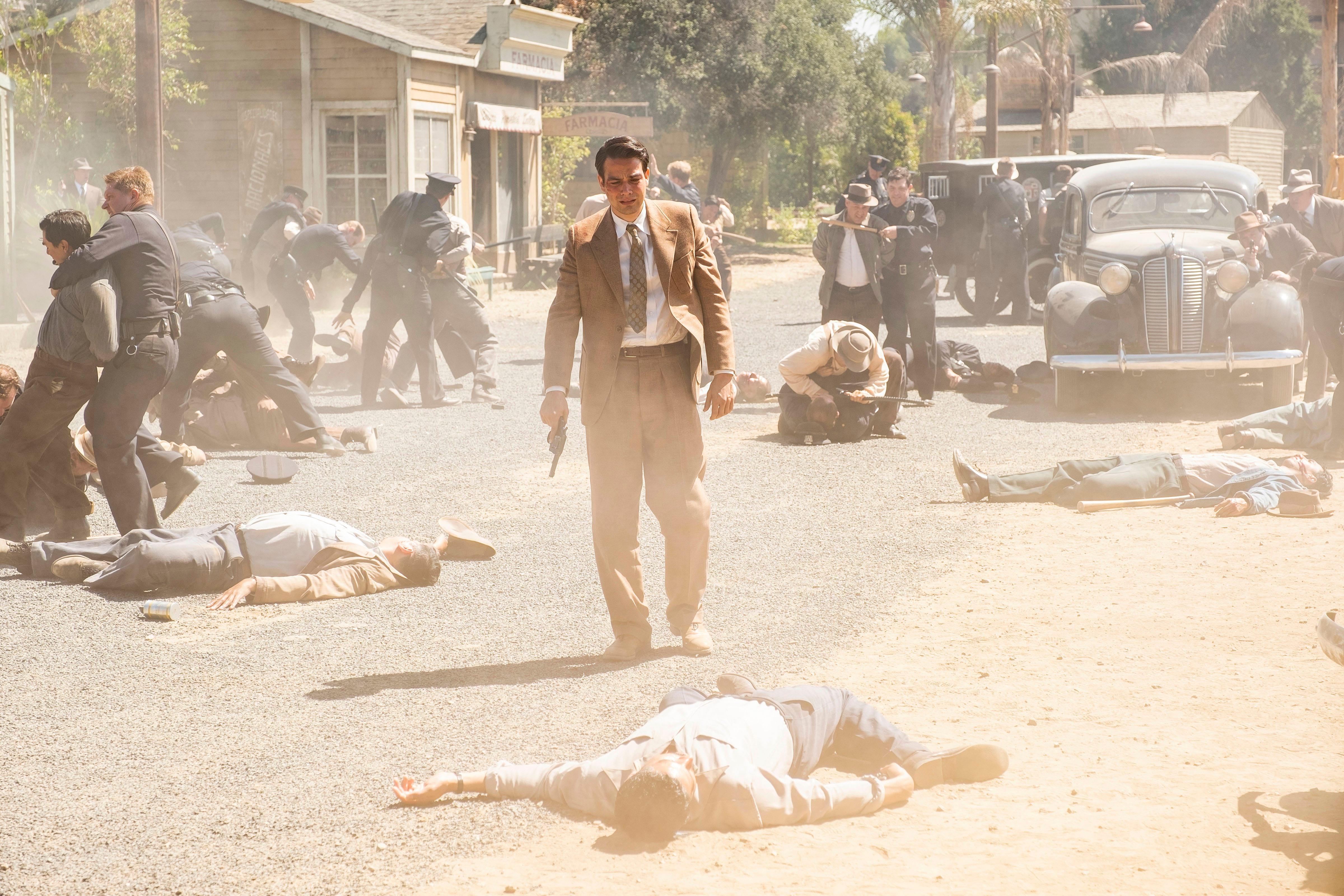
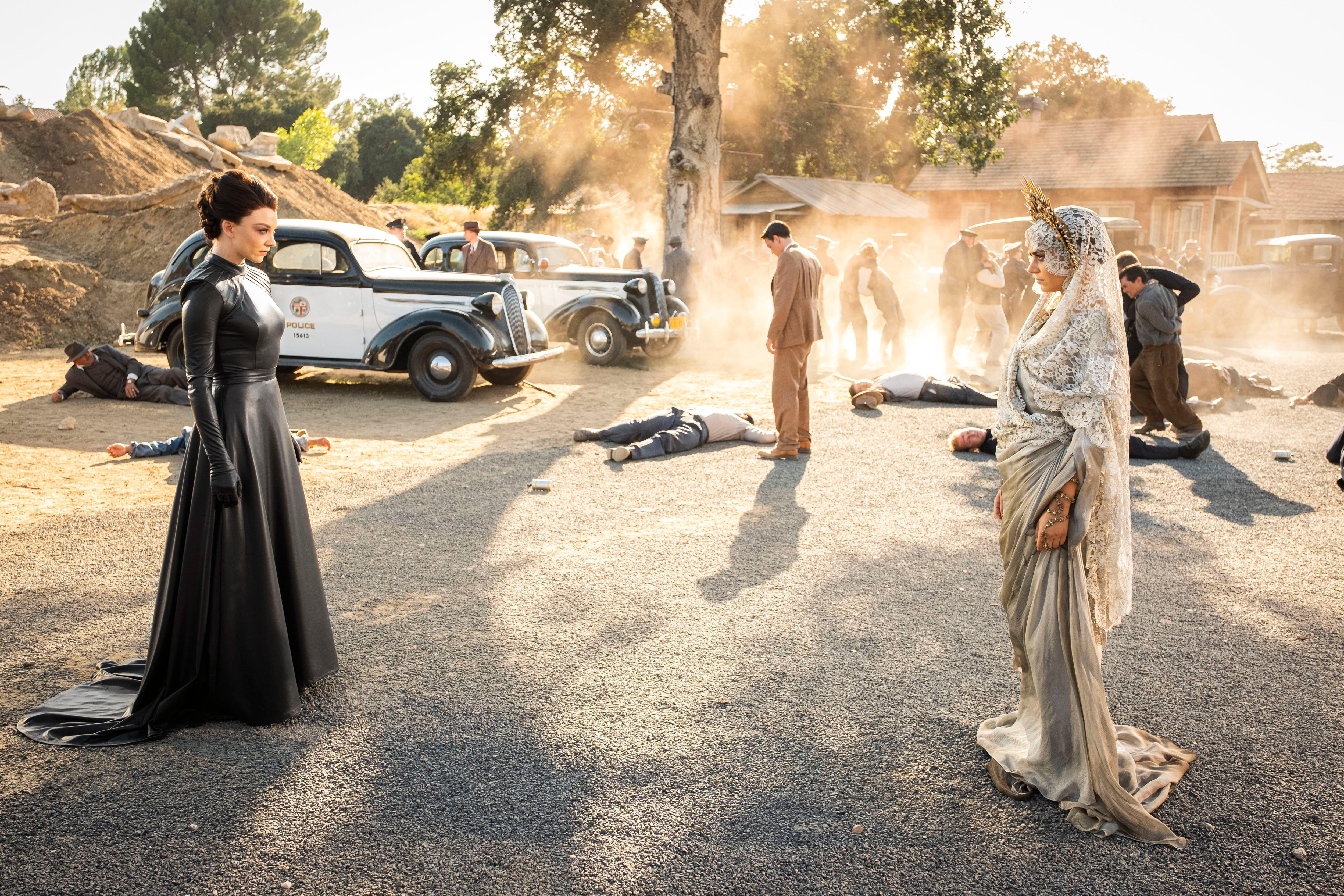
He explains that City of Angels was “a live color show, meaning the [camera] outputted log, and we applied the base LUT at [the DIT station] before the image was distributed to the producers’ monitors and [wirelessly] to crew. The focus stations received the log signal, and the camera assistants could apply whichever LUTs they wanted, if any.”
“To avoid pulling focus looking at a flat image, we’d apply a basic Alexa [Rec] 709 LUT and then tweak the image for optimal output,” adds Akers. “[B-camera 1st AC] Stephen Taylor-Wehr preferred to view a contrasting black-and-white image.”
A-camera operator James Reid says that in terms of camera movement, “We got a creative note that the work needed to look elegant, and movement needed to feel at the level of the subconscious. This made handheld work forbidden,” and put a premium on Steadicam, dolly and crane — all supported by focus pulling that Reid describes as “intuitive with excellence — so that the camera was either a whisper or a floating frame with precision.”
“Everything had to be elegant,” Conroy adds, “even in the most visceral [action] moments, such as [a] big foot-chase scene [that] goes on for blocks.”
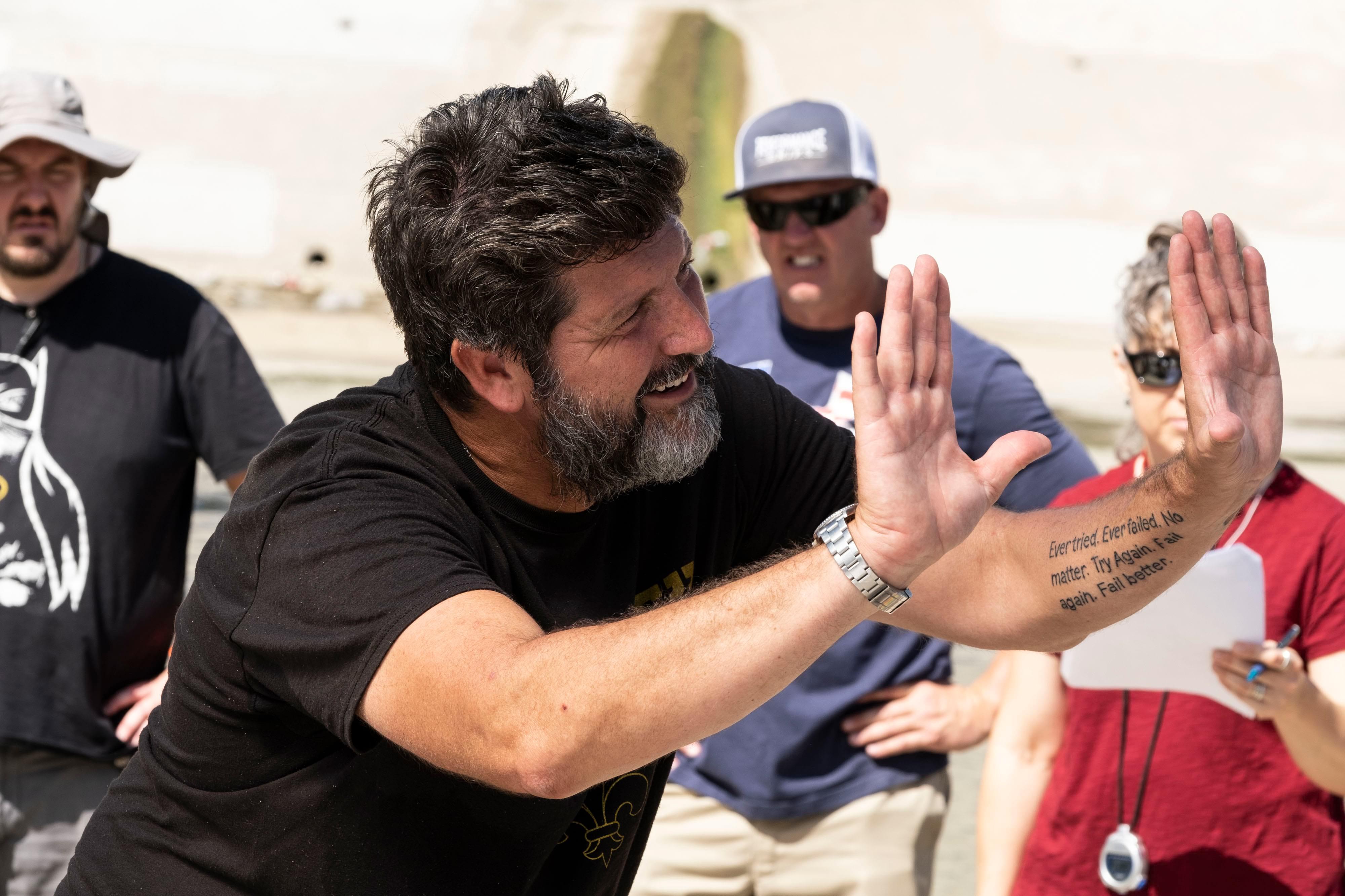
Sanchez reports that Conroy worked with Light Iron colorist Jeremy Sawyer — who later performed the final color grade with Blackmagic Design DaVinci Resolve — to build base LUTs for the show during pre-production. “Once we began principal photography, we would bring up the base LUTs and begin working the [ASC] CDL to tweak the look,” Sanchez says. “That is really where the fun for a DIT begins. One of my favorite techniques is to work the CDL against the LUT, using color differences to create or minimize contrast [for a given] shot. The results were sometimes subtle, and sometimes a drastic departure from the base LUT, yet all within John’s vision.”
The series shot in areas across Los Angeles — including City Hall, downtown’s Skid Row, and the hills near Dodger Stadium — as well as Pasadena, beaches in Malibu, and Ventura County’s Lake Piru. Among their adventures, the production closed down two blocks of Broadway in downtown and shot a huge sequence with hundreds of cars and extras. Yet despite this broad access to real locations, Logan says, “It became apparent to me early on that we needed to build big chunks of Los Angeles and the Los Angeles world we were trying to represent, because we wanted the show to have scope.” Thus, approximately half of the production was shot on locations in and around L.A., and the other half on sets at Melody Ranch.
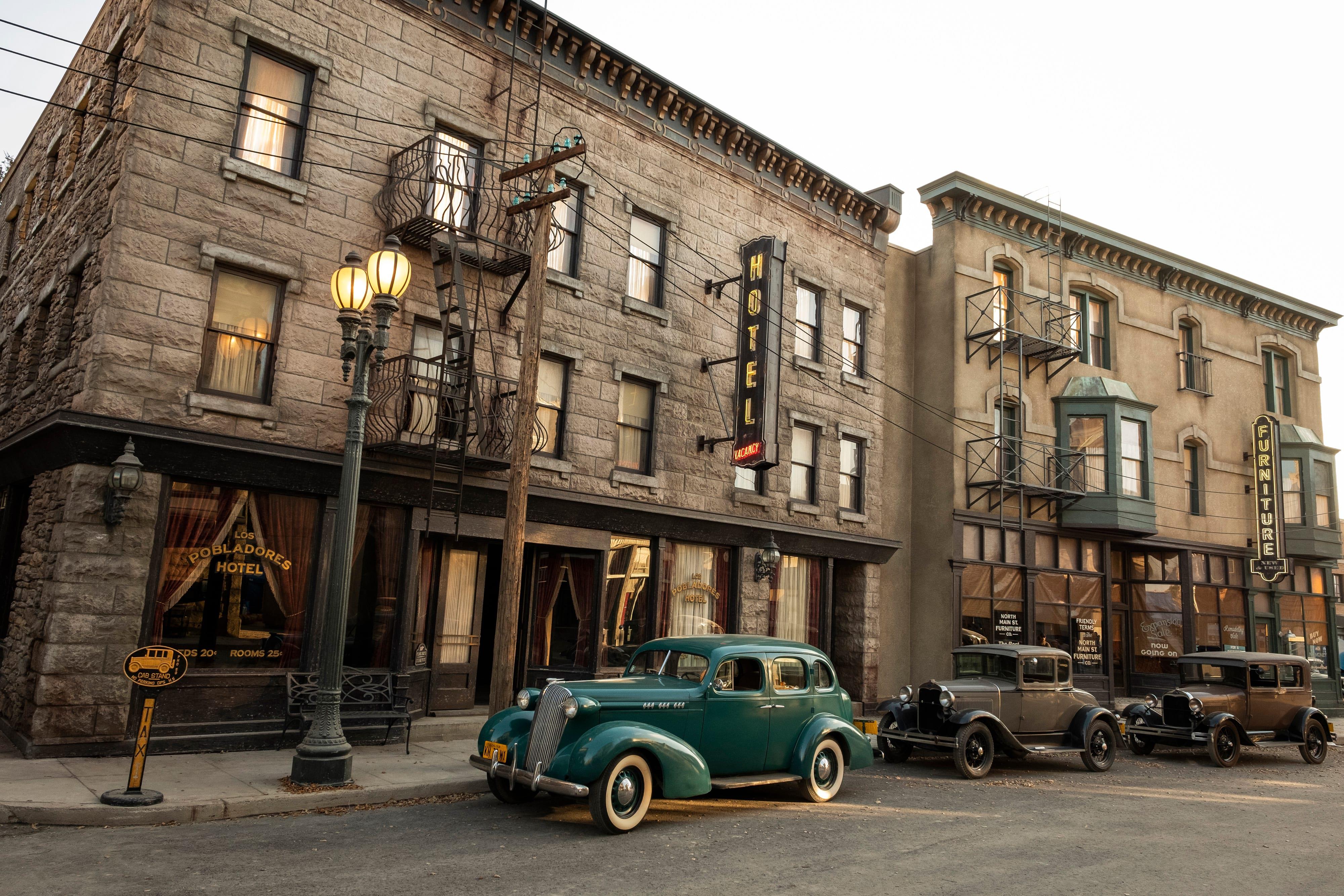
“At Melody Ranch,” Logan says, “we made the decision to build two things — six blocks of downtown’s North Main Street, which was the heart of the urban Latino community back then, and Belvedere Heights, the area [in nearby Riverside County] where the Vega family lives that’s the beating heart of the show. Working with photo studies, we were able to take different parts of L.A. and put them into our version of Belvedere Heights. A number of streets crisscross, and that gave us an amazing number of angles to shoot from, which John exploited mercilessly. In one way, the show is about building a freeway. You [therefore] have to talk about the neighborhood that is threatened by it, so those sets were really important.”
Key grip Paul Perkins adds that the production made extensive use of three MovieBird cranes, a Gyro Motion Gyro Head G4 and an Alpha Stabilized remote head from Telescopic Camera Cranes. “We had 45-foot, 50-foot and 60-foot MovieBirds,” Perkins says. “We used the 45-foot crane most of the time. Sometimes we used a Kaiman base, a four-wheel drive with a hydraulic leveling post, with the 50-foot crane; we could drive that anywhere and level the post quickly, and we used it in the fields near Lake Piru in Episode 1 and on the beach in Malibu, among other places. Downtown, we used the 60-foot crane along with two GF-8s, one for the B camera and one for lighting.”
Conroy adds that his team was also able to employ some innovative drone-based lighting, provided by Drone Dudes, while shooting at Leo Carrillo State Beach in Malibu. “We had to shoot there at night, and Malibu won’t let you put any lights on roads to backlight the water,” Conroy explains. “So we employed a drone with [four parabolic 100-watt LED emitters] producing 52,000 lumens of [5,500K] light, and sent the drone 200 or 300 feet out over the water, putting a sheen on the water that way.”
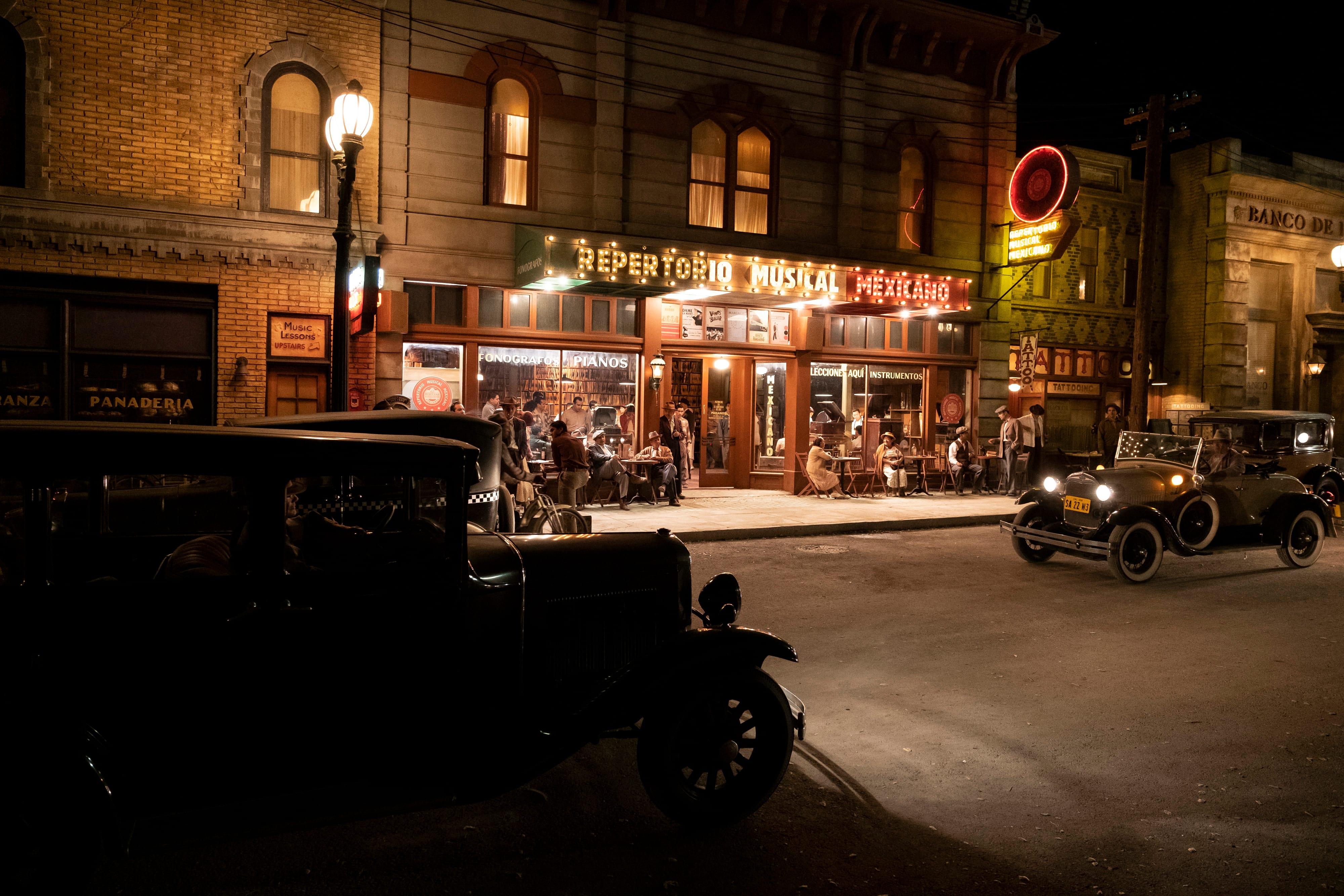
Necessitating another of the production’s many specialty lighting techniques, City of Angels prominently features vintage-era vehicles, often shown driving at night. Gaffer Ed Maloney says it was necessary to supplement the headlights to create the illusion of illuminating a dark road ahead on soft, moonlit nights.
To achieve this effect, the front bumpers on some cars were outfitted with multiple Astera AX5 battery-powered LEDs. “We could wirelessly change the intensity of any section of the array on the fly from the follow van to highlight the road or roadside,” Conroy notes.
During other driving scenes, when the fronts of vehicles were photographed, “we fitted standard PAR 64 incandescent globes into the existing headlamp sockets, which turned out to be a perfect fit,” says Maloney. “We powered the bulbs with Grip Trix battery packs and used [DMX] Cintenna receivers in conjunction with RatPac 2.4K dimmers to change the intensity of or cue the headlights.”
Conroy and Logan agree that Penny Dreadful: City of Angels is an example of collaboration at its finest, in terms of achieving a distinct visual aesthetic to tell a specific story. Logan credits Conroy with “wanting the shots to be beautiful without traditional coverage, using moving cameras and cranes. He has an incredibly aesthetic eye. He understands paintings and light patterns and can translate that into cinematic imagery that’s really exciting.”
1.78:1
Digital Capture
Arri Alexa Mini
Cooke Speed Panchro Series I, II and III, S4; Angénieux Optimo; Panavision Macro SM
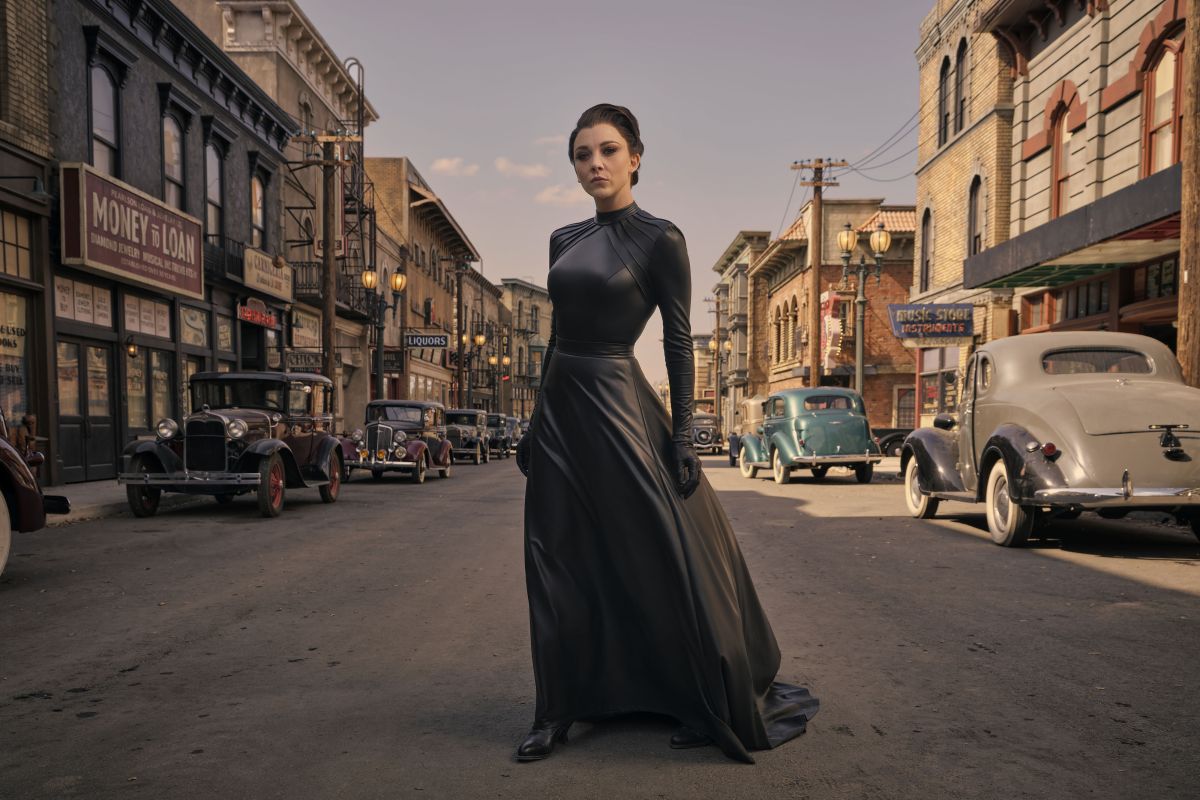
For decades, Melody Ranch has served as a backdrop for dozens of Western-genre productions, such as the feature Django Unchained (AC Jan. ’13) and the TV series Deadwood and Westworld, among others. Maloney points out that one of the big challenges City of Angels faced at Melody Ranch was using lighting to help transform existing Western facades into early-20th-century facades.
“One of the issues we were presented with was how to illuminate building-windows where, in some instances, there was less than 18 inches between the modern [facades] and the standing Western set,” Maloney says. “We began the process by deciding which of hundreds of windows we would give ‘life’ to. Each building and their windows were numbered, and we then chose which windows to light. Due to the number of windows and sometimes limited spacing, we ended up choosing [batten] strips — with independently circuited globe sockets — with 250-watt light bulbs, [and placed them] on the top and bottom of the window interiors, which enabled us to shape the light on curtains or shades.”
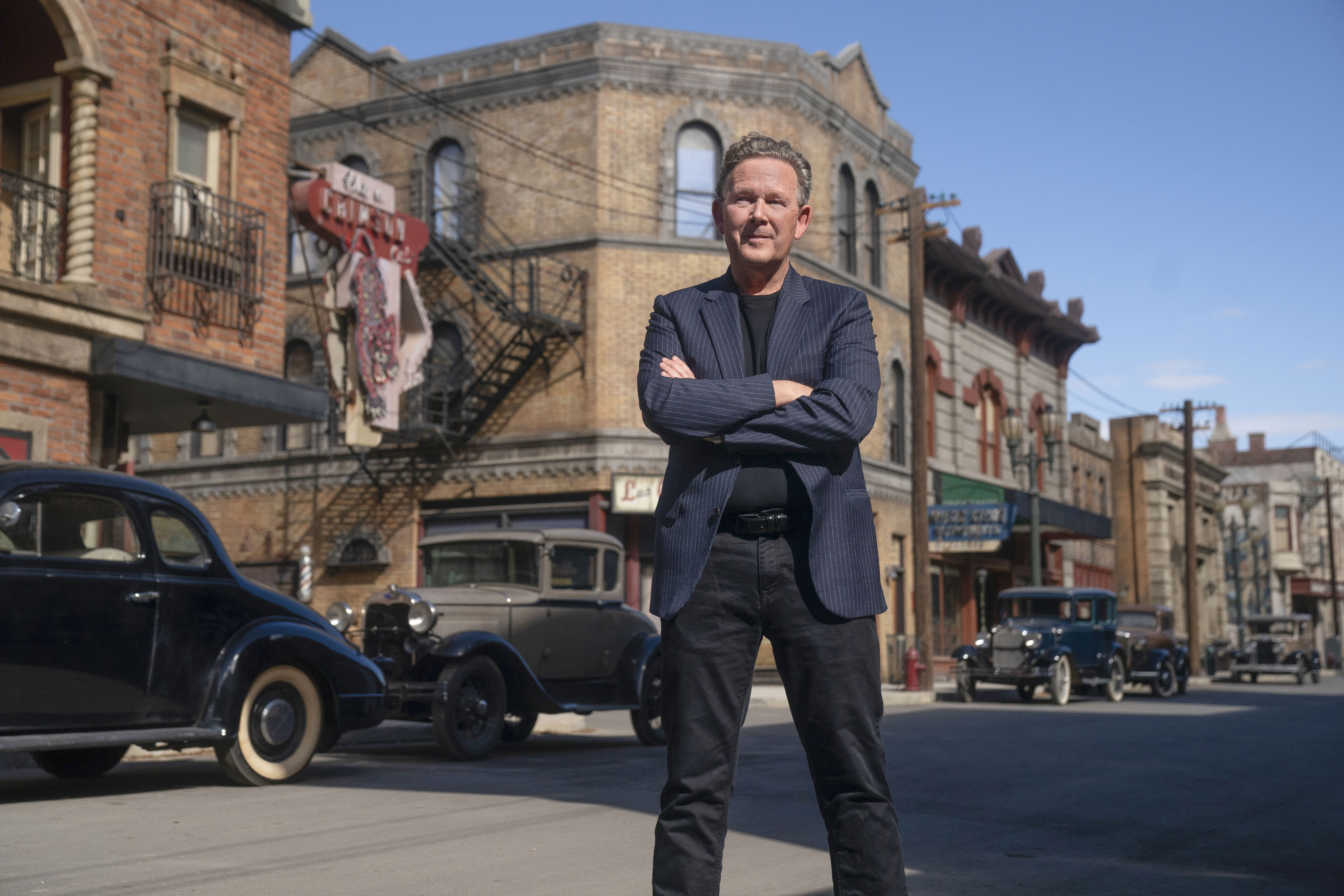
Those buildings mainly made up key elements of Main Street, where much of the show’s action takes place. To emulate moonlight on this set, the crew positioned multiple 125' condors fitted with Lumicasters (lighting rigs constructed by Ian Kincaid that comprise 108 650-watt FCX globe fixtures) — what Maloney calls “an American adaptation” of the original Wendy light — toned with Lee 241 (Fluorescent 5,700K) and frequently softened with opal diffusion. “All our moonlight was that color — a subtle cyan,” notes Conroy. A 12'x12' LiteGear LiteTile rig diffused with soft grid was flown from another condor for soft fill.
For the cemetery sequence, which is set in the heart of Belvedere Heights, Conroy says the use of the GF-8 Crane System as a lighting tool was something that directly intersected with his personal aesthetic.
“One of the things I like to do is have wide shots that go into really great close-ups,” the cinematographer says. “That can be a big challenge shooting at night when you can’t even touch the [protected] trees. And balloons weren’t always an option because it was often quite windy. So I came up with the idea that the GF-8 crane, which we were already using for tracking crane shots, could work with two [LiteGear] LiteMat Plus 8s mounted on it.
“The crane would fly in as needed, often on a 40-foot track,” Conroy continues. “It would be a bright key-light when wide — always keeping out of shot — and then we dimmed it down as we went in. The exposure would stay constant and I’d have beautiful soft light for close-ups. The reverse was true as well; we could sky-up again and take it up with the dimmer. [We ended up doing] that in quite a few places, especially around multiple cars, both driving and static, as it’s often impossible to have a lamp on the floor with moving traffic, but the crane was very versatile. Things like that — using a crane as an everyday lighting tool — were brand-new for me.”
